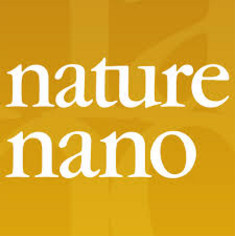Abstract:
The European Union (EU) has adopted nano-specific provisions for cosmetics, food and biocides, among others, which include binding definitions of the term “nanomaterial”. The article takes an interdisciplinary approach to analyse the respective definitions from a legal and practical perspective. The assessment reveals that the definitions contain several ill-defined terms such as “insoluble” or “characteristic properties” and/or are missing thresholds. Furthermore, the definitions pose major and so far unsolved analytical challenges that, in practice, make it nearly impossible to classify nanomaterials according to EU regulatory requirements. An important purpose of the regulations, the protection of human health and the environment, may remain unfulfilled and the development of innovative applications of nanomaterials may be facing a path full of (legal) uncertainties. Based on the findings, the article provides five recommendations for a more coherent and practical approach towards the regulation of nanomaterials.
The full-text of the article is available here (no login required):

